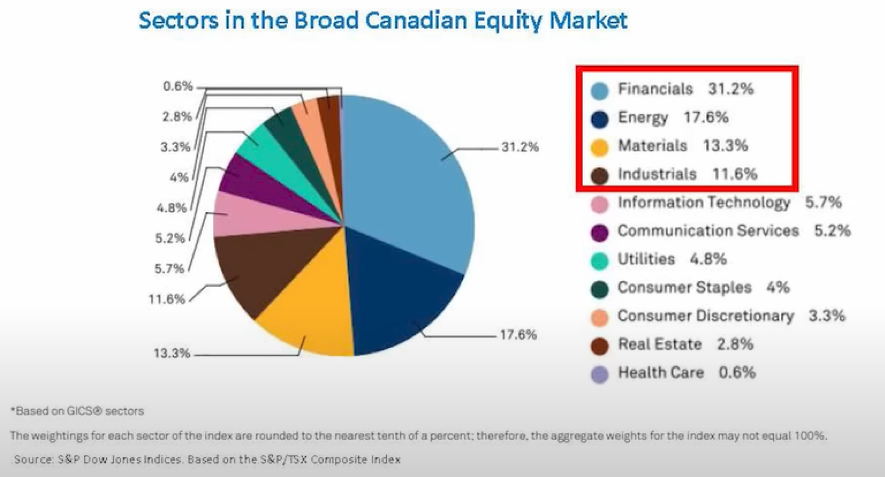
Special to the Financial Independence Hub
Learning how to invest your money at an early age can set you up for success in the future. One of the most popular ways to invest is through real estate. This will allow you to earn a cash flow outside of your regular 9–5. However, many take this up as a full–time gig if they find it more appealing or successful than their typical job.
The benefits of real estate investing are almost countless, but there are a few that stand out from the rest. Let’s take a closer look at the top three benefits of real estate investing:
Buying is Cheaper than Building
If you plan to start your investment route in real estate, you’ll find that buying a home is typically much cheaper than building. Start by figuring out how much house you can afford and then apply for the proper mortgage. The process is relatively simple, especially with the help of a real estate agent.
The waiting game starts here, but compared to the length of time a home build is, this process is much shorter. Once your offer on the home has been accepted, you can then decide what you plan to do with the house; whether it’s to earn passive income, live in it, or both. Either way, your home’s equity will begin to grow. The only difference between the two is making money on the home on a consistent basis or collecting the equity of your home once you sell.
Earning Passive Income
In recent years, finding new ways to earn passive income has been a very popular side hustle. Especially for young adults, this is a great way to earn money while also working a full–time job. Check out our top 3 ways to start real estate investing to help you choose which route you want to take. Whether you choose to rent the home out monthly or are considering the flip and sell method, you can earn a significant amount of passive income. Continue Reading…










